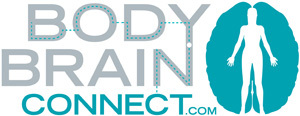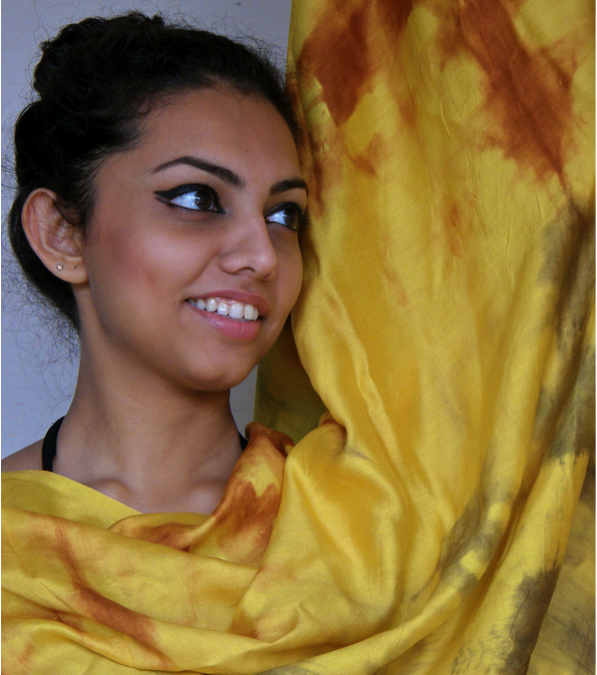By Tulsi Mehta
Recent developments in technology have allowed us to create a virtual presence for ourselves. This has led to the creation of a medium separate from our physical selves, through which we may both express our consciousness and interact with the world. The body enables us to experience, communicate and construct meaning. It would not be possible to interact with or even to create technology without our bodies. Yet the body is often forgotten in our interactions with the digital world.
A group of three graduate students at the Harvard Graduate School of Education formed a group called the Movers’ Movement in 2013 with a mission to create active learning experiences that integrate the physical and digital worlds. This collaboration between Amanda Alef, Krithika Jagannath, and Tulsi Mehta was inspired by Constructionist learning theories, embodied learning, and the Maker culture. Our research has led to the creation of an education tool called the Musical Twister Project, an interactive digitized mat based on the game Twister™.
The tool takes the form of a mat, designed to produce musical sounds through software, which are triggered when users touch specific aluminum foil circles distributed on its surface. Through a public installation of a prototype at Harvard, the Movers’ Movement researchers documented participants’ experiences, analyzed their responses and created user profiles for the different kinds of learning observed. We provided minimal instruction on how participants should interact with the mat. We simply wrote, “Please use your full body to learn how to interact with the mat” on a nearby sign. Our research focused on how a digitally enhanced physical object can engage the mind, body and technology seamlessly to create an active learning experience. We also explored the quality of the learning in that experience.
Free-play and scaffolded learning
Results from this preliminary research point to multiple implications for learning in general and, specifically, for learning through mind-body modalities. Participants in the study were engaged and curious in interactions with the Musical Twister mat. Some used their bodies freely in exploring. Others approached the mat through systematic trial and error processes. One of our findings from the public installation, which ties in to a larger dynamic of constructionist learning, was the importance of a balance between free-play and scaffolded learning. Our minimal instructions worked well for those who were already comfortable with exploring through their bodies. However, this approach was difficult and sometimes frustrating for those using their bodies in a public learning environment for the first time.
Suggestion: Incorporate balance of structure and freedom in mind-body classes
How might we strike this balance in our role as facilitators of a full-body experience—in Pilates or Yoga classes, for instance? What exactly might this optimal experience, involving both structure and freedom, look like? It would be ideal to have both some clear goals and structured movement and also some time for participants to simply explore their bodies and its sensations, perhaps through improvisation. Currently most mind-body classes offer clear structures and not enough time for unguided exploration of the body and its capabilities. Adding an element of imaginative creation – using a feedback mechanism that would make visible patterns that you were creating, for instance – might encourage different kinds of learners to try out a new way of understanding their bodies. This might also motivate learners to further explore their bodies, deepen their body awareness, and help them find ways to apply the movement concepts they are learning to other situations and environments. It would be interesting to use the Musical Twister mat to bring some balance and improvisation to the structured and specific movements in a Pilates or Yoga class. This addition may even encourage people to explore the same movements they have learnt in a different, more exploratory way alongside their traditional learning.
Share your thoughts on technology & mind-body practices
In evaluating our project design, we also imagined modifying its elements to create other kinds of physically responsive environments. The circles in the original Twister™ were a visual color-coded feedback system. In our Musical Twister, the circles were all the same color and when the circles were touched in specific ways, they provided specific auditory feedback. We are still considering what other kinds of communication we could create with and through the mat, and which other audiences it may invite. We encourage your feedback about how teachers of Yoga, Pilates and other mind-body techniques might consider employing the Musical Twister mat in their studios to create deeper learning experiences for their students.
Tulsi Mehta
Intern, Body Brain Connect M. Ed. Harvard Graduate School of Education Yoga Ed. Kaivalyadhama Yoga Institute, India





